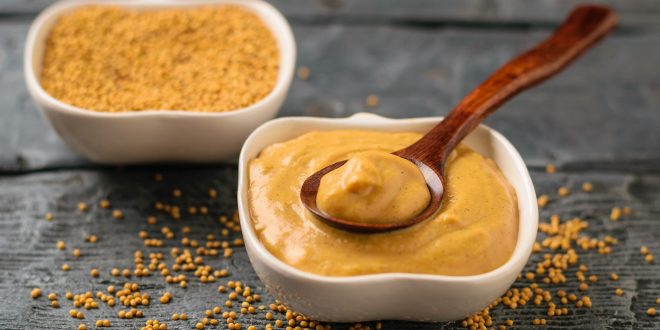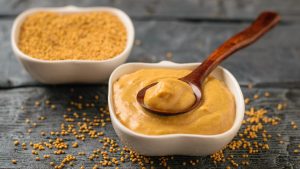The difference between Dijon and yellow mustard
Mustard oil has long been used as a preferred condiment by people who want to add extra flavor to their hot dogs, meats and other foods; yellow mustard is just one type of condiment to use. Mustard comes from the seeds of a mustard plant, and it is made by combining them with vinegar, water, spices, and flavorings. The end result is a thick paste whose color varies from brown to rich yellow. Due to the different types of mustard available, there are a few things you should be careful about before choosing your type, especially when it comes to health. Dijon mustard and yellow mustard are just two of the types of mustard you can buy.
Characteristics of Dijon mustard
Ironically, Dijon mustard is mainly made outside the French city of Dijon. Its origin dates back to 1865 when Jean Naigeon played with the traditional mustard recipe. Instead of using vinegar, Naigeon used verjuice (which is the acidic juice of underripe grapes) in its recipe, and Dijon mustard was born. Wine also figures prominently in a bottle of Dijon mustard, with Burgundy wine and white wine generally used. Nutritionally, a teaspoon of Dijon mustard will bring you 5 calories and 120 milligrams of sodium, which is noticeably high. Other than that, Dijon mustard does not contain any health benefits since a typical serving contains no iron or vitamins of any kind. Some brands have very little potassium, but this is insufficient to compensate for the deleterious influence of calories and especially the sodium content.
Characteristics of yellow mustard
The claim to fame of yellow mustard is that it is the most popular and used mustard in the United States. Travel outside the country and the yellow mustard becomes the American mustard. If you don’t like the added spiciness and sharpness of Dijon mustard, yellow mustard is a great alternative because it’s sweet. Taking its bright yellow color from the inclusion of turmeric, yellow mustard was first called cream mustard by George T. French, all the way in 1904. This type of mustard only contains 56 milligrams of sodium for a teaspoon. with very negligible amounts of carbohydrates, fats, dietary fiber, sugars, and proteins.
A matter of personal preference
As with so many things in life, choosing Dijon mustard over yellow mustard, or vice versa, is a matter of preference. The main differences are related to health, but they are in such small quantities that it may be negligible to make a decision between Dijon and yellow mustard due to health problems. Yellow mustard has a lower sodium content, but other than that, there is no other difference in terms of safety. The real difference comes down to the taste preference, Dijon being sharper and having a more pungent taste, while the yellow mustard is sweeter.
Dangers and side effects
Mustard oil is not safe for use as a cooking oil. Mustard oil can be a serious risk as it contains high levels of erucic acid. This monounsaturated fatty acid is present in several oils. In small doses, erucic acid is safe, but higher levels can be dangerous. Animal research indicates that, over long periods, erucic acid can cause a heart condition called myocardial lipidosis. It is not clear if humans experience the same effect, but high levels of erucic acid could pose risks to certain groups, such as children. In 2016, the FDA issued a warning that mustard oil is not safe to use in cooking due to its high erucic acid content. This means that the FDA does not authorize its use as a cooking oil in the United States.
How to use
It is never safe to use pure mustard oil in cooking or to take it as a dietary supplement. It is better to avoid eating or drinking it. Topical application of mustard oil Mustard oil is available as an essential oil. The safest method to use it is to dilute it in a carrier oil and apply it to the skin. People should not spread mustard essential oil near anyone who may be allergic to it. Taken by mouth, mustard essential oil is toxic.
Read this : Marhaba price in Pakistan





